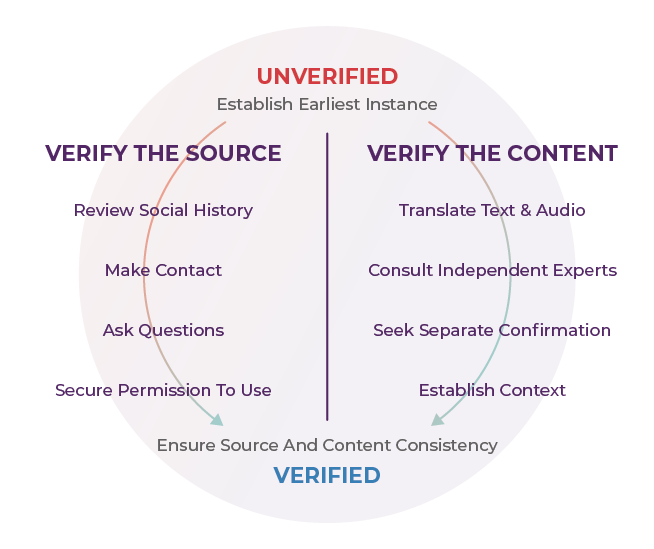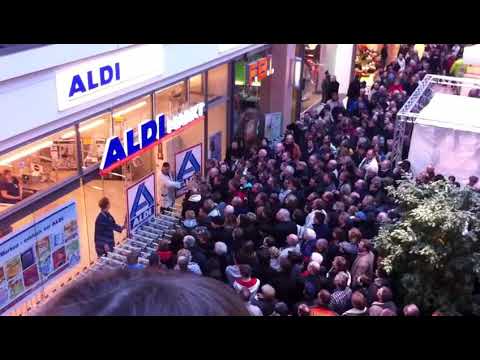It is easy to get caught up in the moment during a breaking news event. Crises can make it challenging for journalists to keep their cool. You stumble across some great content and you think you might be first because nobody else has run it yet. But in the haste, you forget some of the golden rules. This can lead to making mistakes and, once that happens, a potentially great piece loses all credibility.

The five pillars of verification
- Origin: Where did the article or piece of content originate from? Is this the original?
- Source: Who wrote or created the original content?
- Date: When was it written or created?
- Location: What website or account was the content published on originally?
- Motivation: Why did the website or account choose to publish the content?
Origin
If you are trying to find the first version of a meme or suspicious claim, before it made it into the mainstream, it is sometimes worth searching in these spaces:
- Check Reddit: You can use the native search bar, or Reddit monitoring tool like TrackReddit.com.
- 4chansearch.com allows you to search 4chan and 4chan archive sites.
- Gab.ai is an alt-Twitter platform where many users who have been suspended have migrated.
- Discord channels, Facebook groups and WhatsApp groups are more difficult to find and search but may be worth the effort for deeper dives.
Source
- Contact: contact the person, either by calling or private messaging them.
- Question: ask the person questions, if they are not genuine, they may be vague about the facts.
- Permission: if the person does not have the right to let you use the content you are enquiring about; they will not be keen to undergo formal permissions.
Date
Finding the correct date for when the content was written or created can help in identifying the reliability, truthfulness and correctness of the content.

Case study
During Covid-19 there have been cases around the world of hoarding, whereby individuals are buying large and unnecessary amounts of produce from the supermarkets in order to stock up. Photos and videos began circulating that appeared to show this hoarding. This screenshot from a video on TikTok was viewed over 4 million times, and appears to show huge crowds outside a supermarket, with the caption implying it was due to corona. Bellingcat were able to prove the video was old, and not related to the current Covid-19 crisis, instead dating back to an Aldi sale in 2011.
Location
Finding where the content was originally posted is also important in order to identify how reliable the content is.
 Case study
Case study
This image went viral, apparently showing doctors and nurses that had died in Italy. However, this image is taken from a popular television show, Grey’s Anatomy. You can discover this through using a reverse image search, as AFP Fact Check did.
Motivation
You can also ask yourself why the information was shared:
- Is it clear that the authors wanted to sell the audience something?
- Inform them?
- Entertain them?
- Persuade them of a point of view?
- Teach them?
- Is the information presented impartially and objectively?
- Are there obvious biases: political, religious, institutional?
All of these questions should help you judge how to deal with the information.